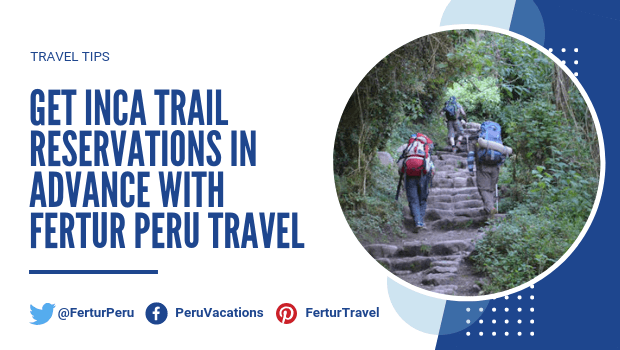
Get Inca Trail Reservations in Advance with Fertur Peru Travel
If you’ve always dreamed of hiking the Inca Trail to Machu Picchu, you’re not alone. It’s one of the most popular destinations in the world, so it’s best done with a little planning ahead. In this post, we will answer all your questions about getting Inca Trail reservations in advance.
We will also go over frequently asked questions to help prepare you for this incredible journey.
The Inca Trail’s 26-mile (43km) trek takes you through breathtaking mountain vistas, verdant cloud-forests, and lush subtropical jungles. And let’s not forget the awe-inspiring mix of Inca ruins, tunnels, and paving stones that you’ll encounter along the way.
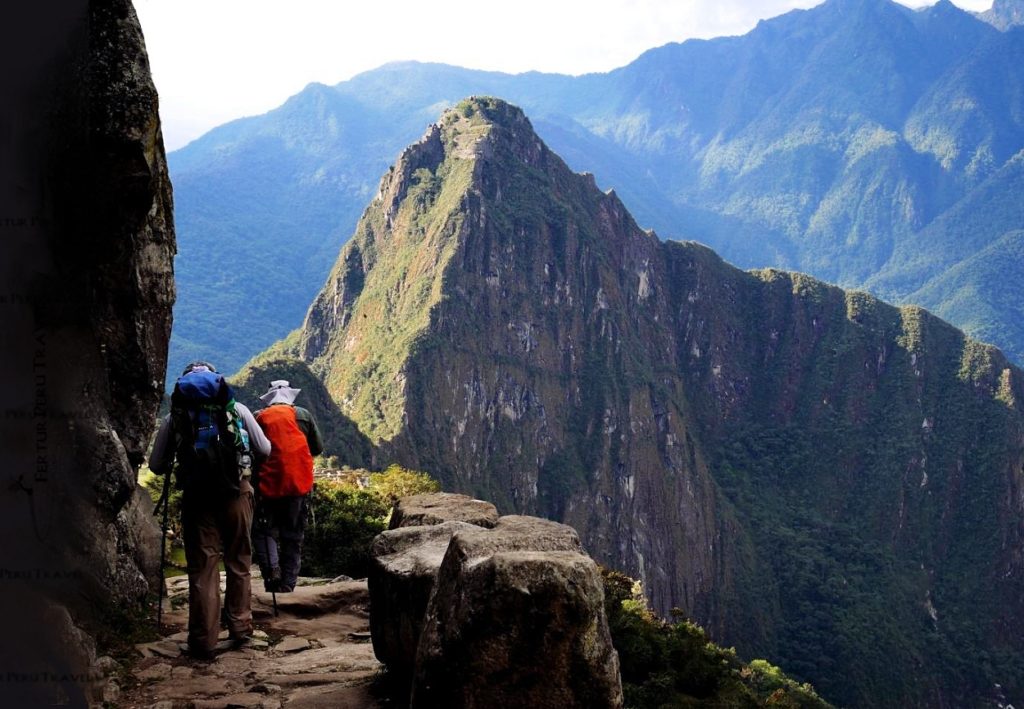
Overview for reserving Inca Trail permits
- What goes into booking the Inca Trail?
- How far ahead should I get Inca Trail reservations in advance?
- When is the best time to visit Peru Inca Trail?
- Which Inca Trail tour is the best?
- How do I make Inca Trail reservations?
- What should I pack for the Inca Trail?
- How challenging is the Inca Trail?
- When is the best time of year to hike the Inca Trail?
- What is the average cost of hiking the Inca Trail?
- How can I book the Inca Trail?
- What documents are required to book the Inca Trail?
- What is the recommended booking timeline for the Inca Trail?
- Can I hire a porter for my Inca Trail trek to carry my personal gear?
- What is the weight limit for a porter on the Inca Trail?
- How many people can one extra porter carry the backpack for?
- How much should I tip porters, cooks and guides?
- Are tips mandatory?
- Can I give additional donations instead of or in addition to tipping?
- Should I tip personal porters separately?
- Will there be water provided during the Inca Trail trek?
- Can I purchase bottled water during the Inca Trail trek?
- Can I dispose of plastic bottles on the Inca Trail?
- Are there bathrooms available during the Inca Trail trek?
- What happens if my Inca Trail trek is canceled due to weather or other uncontrollable factors?
What goes into booking the Inca Trail?
There are several factors that are important to consider. Logistically, you have to get Inca Trail permits and your reservation with a tour company. Furthermore, you need to consider the time of year that best suits you — both in terms of weather and number of tourists.
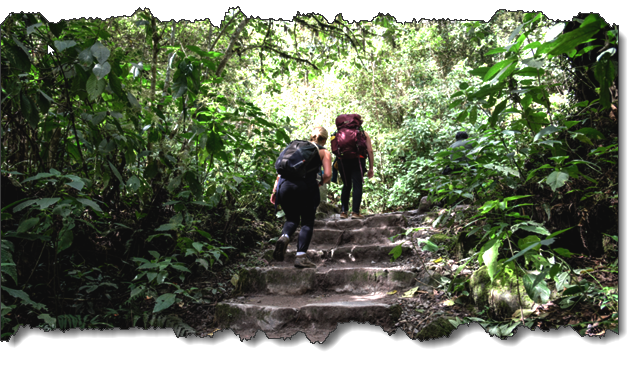
Once those details are planned, the hard part is over — you simply need to book your travel to Cusco and plan any other travel around Peru that interests you. (Be aware, there are a lot of other incredible sights to see around Peru!)
How far ahead should I get Inca Trail reservations in advance?
It all depends on what time of year you want to go, but the general guideline is six months ahead of time. Even if you want to hit the trail during the busiest time of year, six months is usually enough time to get a permit and a reservation.
Granted, it is sometimes possible to get a permit only three or four months in advance, especially outside of peak tourist season, but you’ll be taking your chances. Booking the Inca Trail six months in advance all but ensures that you’ll be able to go exactly when you want to.
When is the best time to visit Peru Inca Trail?
The tourist season tends to go hand-in-hand with the weather. Perhaps counterintuitively, winter in Peru (summer in the northern hemisphere) is the ideal weather to hike the Inca Trail. The tropical temperatures keep it from being too cold, while there is much less rain in the winter than in the summer.
Accordingly, May-August is the busiest season, where you’ll find the most tourists and the scarcest permits. In the off-season months, like March, April, and September-December, you’ll find fewer tourists and more availability of permits, but a higher chance of rain on the trail.
💡 Note that the Inca Trail is closed during February, due to heavy rains and a need to perform annual maintenance on the trail.
Which Inca Trail tour is the best?
There are principally two Inca Trail Treks to Machu Picchu. The classic four-day Inca Trail trek is an arduous but uniquely gratifying hike that begins at Kilometer 82 of the Santa Ana Railroad, which Hiram Bingham took in 1911 on a tip from Cusco’s university rector and other locals about a magical Inca ruins saddled between the twin peaks of Huayna Picchu and Machu Picchu.
The multi-day journey requires trudging up to a maximum altitude of 13,779 feet above sea level, But the route offers exclusive access to a half dozen major Inca ruins, including Runkuracay, Sayacmarca, Phuyupatamarca and Wiñayhuayna. It culminates with the heart-pounding iconic view of Machu Picchu from the Inti Punku sun gate.
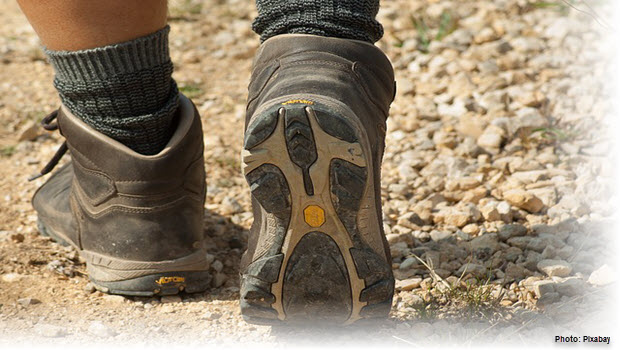
Then there is the less arduous one-day Inca Trail hike to Machu Picchu from Kilometer 104. It is a six-hour trek, which requires no camping or hauling of backpacks, but it still lets you explore the magnificent Inca ruins of Wiñayhuayna, and to experience the spectacular panoramic view of Machu Picchu from the Inti Punku.
A wonderful experience in Cusco: Inca Trail 2 days 1 night
How do I make Inca Trail reservations?
Fertur can help you with all steps of the planning process, including choosing a good time to travel, deciding how long to visit, booking your Inca Trail permits, helping you choose a tour company, and everything in between.
We also specialize in travel all over Peru, so if you had your eye on some of Peru’s other breathtaking treasures, we can help you plan a full itinerary so you can knock several of Peru’s wonders off your bucket list.
We invite you to contact a Fertur agent using the Contact Us Now form below, after which we will respond to you quickly. In the meantime, it’s never too early to start thinking about what to take on the Inca Trail!
What should I pack for the Inca Trail?
Pack light but essential items, such as sturdy hiking boots or cross trainers, warm clothing for cold nights, a rain jacket, a hat, sunglasses, sunscreen, insect repellent, a water bottle, and a headlamp. [We will provide a detailed packing list with recommendations for specific items.]
How challenging is the Inca Trail?
The Inca Trail is a demanding hike that requires good physical fitness. The trail covers steep and uneven terrain, with several high passes that reach over 4,200 meters above sea level. Expect long days of walking, carrying a backpack with personal gear. Proper acclimation to altitude and suitable gear, such as sturdy boots and warm clothing, is essential.
When is the best time of year to hike the Inca Trail?
The dry season, from May to September, is the best time to hike the Inca Trail. During this period, there is mild weather and little rainfall, making for better hiking conditions and clearer views. Keep in mind that the trail can be crowded during peak season, so booking in advance is critical.
What is the average cost of hiking the Inca Trail?
The cost of hiking the Inca Trail can vary depending on the tour operator and trip length. A 4-day hike typically costs between $500 to $1500 USD. Be cautious of extremely cheap tours, which may exclude essential services and amenities, like camping gear or meals, and not treat their porters, cooks and guides well. Keep in mind that the cheapest option may not provide the best value.
How can I book the Inca Trail?
Only licensed tour operators can book the Inca Trail. Choose a reputable operator with experienced guides, proper equipment, and eco-friendly practices. Your tour operator will handle the permit application process and confirm your booking once permits are secured.
What documents are required to book the Inca Trail?
To book the Inca Trail, you need a valid passport that won’t expire during your trip. You will have to provide your full name, date of birth, and nationality to your tour operator, who will apply for permits on your behalf.
What is the recommended booking timeline for the Inca Trail?
To increase your chances of securing permits, it’s best to book your Inca Trail hike at least 6 months in advance. The Peruvian government only allows 500 visitors per day, including guides and porters, and permits can sell out quickly. Additionally, the Inca Trail is closed for maintenance in February.
Can I hire a porter for my Inca Trail trek to carry my personal gear?
Yes, you can hire a personal porter for an additional fee.
What is the weight limit for a porter on the Inca Trail?
The weight limit established by law remains 20 kilograms for male porters and a maximum of 15 kilograms for female porters.
How many people can one extra porter carry the backpack for?
One extra porter can help carry the backpack of two people, with a limit of 8 kilos per person.
How much should I tip porters, cooks and guides?
The suggested tipping amount varies between operators of the classic four day/three-night Inca Trail. However, as a median, it is recommended that each person in the group contributes between 100 and 150 nuevos soles to a “pot” which is distributed among the trekking staff. Additionally, between 60 and 70 soles per porter, 120 to 160 soles for each cook, and 200 to 250 soles for the guide are recommended. It is recommended to tip using low-denomination nuevo sol bills.
Are tips mandatory?
No, tips are not mandatory. They are suggestions only and assume that the service provided was of a good standard.
Can I give additional donations instead of or in addition to tipping?
Yes, many porters would be grateful for additional donations such as clothing or school equipment for their children.
Should I tip personal porters separately?
Yes, it is recommended to tip personal porters separately. Will there be water provided during the Inca Trail trek?
Will there be water provided during the Inca Trail trek?
The group’s cook provides water to the hikers each morning.
Can I purchase bottled water during the Inca Trail trek?
Yes, you can purchase bottled water at each of the camp sites.
Can I dispose of plastic bottles on the Inca Trail?
No, you cannot dispose of plastic bottles on the trail. Please be prepared to reuse them or bring your own water bladder or hiker’s water bottle to refill.
Are there bathrooms available during the Inca Trail trek?
Yes, there are bathrooms at the camp sites and portable toilets available during the trek.
What happens if my Inca Trail trek is canceled due to weather or other uncontrollable factors?
If your trek is canceled due to weather or uncontrollable factors, we will reschedule your trek for a later date, subject to availability. If you can’t reschedule, you may be eligible for a partial refund of your trek fee.
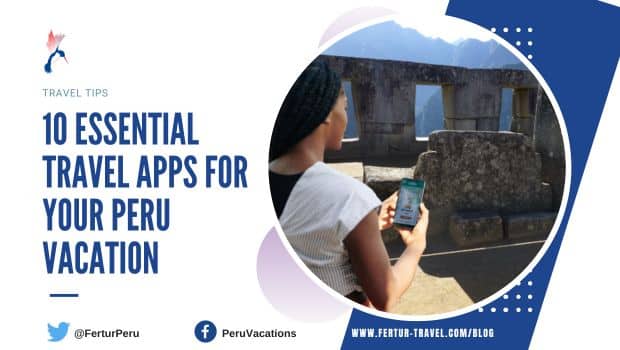 10 Essential Travel Apps For Your Peru Vacation
10 Essential Travel Apps For Your Peru Vacation 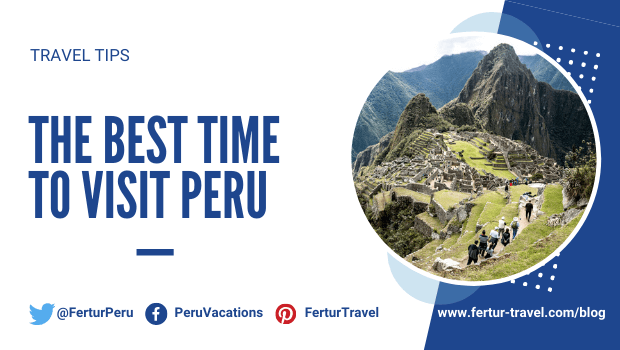 What is the best time to visit Peru?
What is the best time to visit Peru? 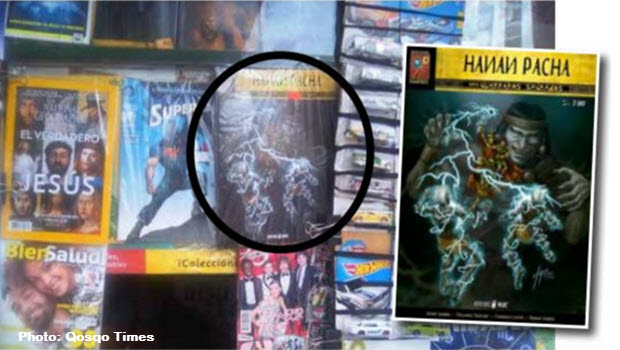 Sacred Warriors Comics on Sale at Cusco News Stands Now
Sacred Warriors Comics on Sale at Cusco News Stands Now  10 Steps to Cyber Safety During Your Peru Vacation
10 Steps to Cyber Safety During Your Peru Vacation 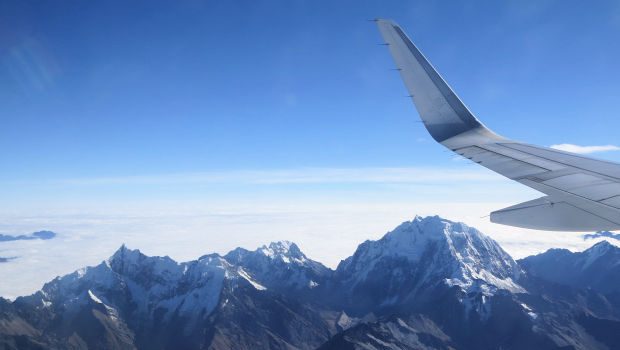 Best airline for stunning ice peak mountain views during flight to Cusco
Best airline for stunning ice peak mountain views during flight to Cusco 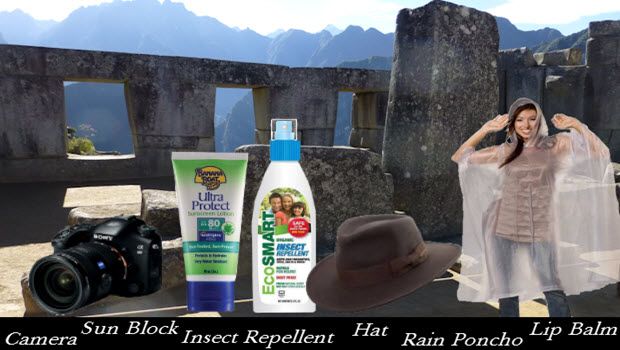 What should I carry in my backpack to go to Machu Picchu?
What should I carry in my backpack to go to Machu Picchu? 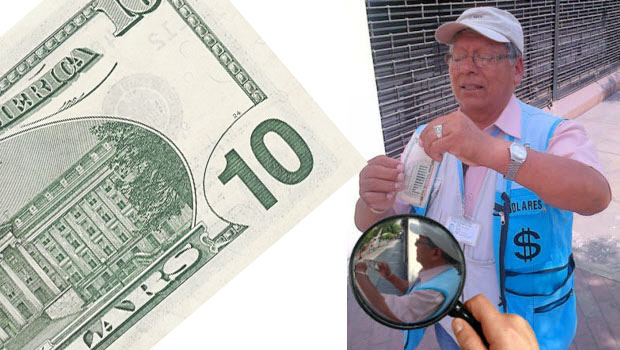 You can use US Dollars in Peru, but…
You can use US Dollars in Peru, but… 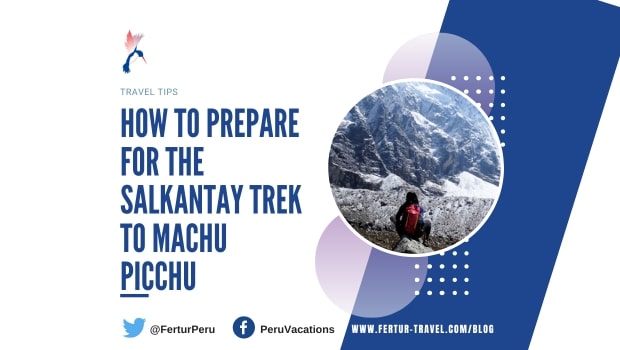 How to Prepare for the Salkantay Trek to Machu Picchu
How to Prepare for the Salkantay Trek to Machu Picchu